Day 2 of exploring the western wilderness by rail…
Time to head back from the West and head north to our coastal home. On the way though, we’d planned another train trip, this time from Queenstown into the rainforest. Between our ride from Strahan to Dubbil Barril and now from Queenstown to Dubbil Barril, we would have seen the entire line. Today’s scenery would be different though. No harbour or river to hug along the lines, this time we’d be going over the mountain with wilderness all the way.
We motored into Queenstown under heavy skies that soon opened up and let loose its deluge, so we squelched into the station, went through our pandemic safety routine, got our tickets and made our way to our carriage. This time we’d decided to try the other end of the train. No posh napkins, designated carriage host and thoughtfully provided meals. This time, instead of the Wilderness Carriage, we selected the Heritage Carriage, which were the simple bench seats and nothing more. With pandemic social distancing though, we still had the four berth seating to ourselves, so we could take up some more space, that with normal travel, would have been a bit squishy.
Queenstown is a mining town, still with an operational mine and is another of the West Coast towns that could do with some TLC. Many of the houses have seen better days and the main street could probably be described as less than thriving, but in a way, that’s part of the appeal. It’s nothing if not authentic. It’s a “take us as we are” little town with no pretensions or fussing attempts to be any more than it is and I reckon that’s to be admired in a way.
Today’s locomotive was a ridgy didge stream train, so a different experience to the little diesel engine that had taken us from Strahan. It was also a rack and pinion design, which we hadn’t experienced before, but more on that later.
We choofed out of the station quite literally, with the steam rising from the engine stack in plumes and wafting past the window as we gently rattled out of the town. The rain continued to fall, which was no surprise because, as we learned from the very interesting commentary, it rains 300 days of the year in Queenstown and so rain there isn’t measured in millimetres, but in metres, with a 3 metre average rain fall. Don’t forget the waterproofs folks! We did have some river beside us for a while, which was part of Queenstown’s less than commendable claim to fame. The King and Queen Rivers were once among the most polluted in the country, with the waste from the mines being dumped directly into the waterway. It’s still a milky tea coloured brown, but the current mine owners are working on cleaning up the mess and mistakes of the past, as well as revegetation programs, that have resulted in trees now growing down to the water’s edge, where it was once stripped of anything living. The whole town is developing a green tinge after years of being surrounded by a landscape resembling a moonscape with bare and barren hills. There are at least now trees where there once was nothing but bare and decimated ground. Hopefully nature continues to win the battle.
As we chugged along, past rainforest, we hit the first incline and this is where the rack and pinion system came to the rescue. When the line was built, there had to be a way of getting the train up and over the mountain, so the Abt design was the solution. Dr Roman Abt, a Swiss engineer designed a rack system that was first used in Germany in 1885 and then introduced to Australia on this line, to get up the steep section of track. As well as the rail lines on which the train travels, there is also a third line that sits in between them and looks like a long stretch of cog teeth. Under the train is a wheel, also with cog teeth and when the train gets to the incline, the wheel under the train connects with the teeth on the rail and grabs hold. From there, the teeth on the rack system, pull the train up the hill. Ingenious. So, when we reached a steep section, we could feel the train catch, as it grabbed onto the teeth and it clawed its way up the mountain. It’s amazing that the line only took 21/2 years to construct, considering it was all done by hand and to create just one cutting alone took the removal of the equivalent of 80,000 wheelbarrows of rock.
We stopped at Lynchford and then Rinadeena, two more little stations and platforms that had been restored and where we could get off and explore. There was some gold panning to be done if it took anyone’s fancy, which many of our fellow passengers joined in with and the kiddies loved it, with one little tacker managing to score himself a small piece of gold. The old original mining shafts and wagons were still there in places and we went for another lovely stroll through the trees and down to the river, as the rain managed to make everything, let’s just say, “atmospheric”. At the time the line was built, the workers were living in these conditions year round. Constant rain, everything wet and no hope of having a fire for warmth or to dry anything, or cook. No dry wood anywhere and they would have lived in wet tents, with wet clothes and everything constantly soaking or, on a good day, just plain damp. The people, the workers and their families living along the line, relied on the train for everything. It was the only way of getting anything in or out. In fact those who worked on constructing the rail line, had more than one hardship to contend with. The weather and conditions were so harsh, that the locals didn’t want the jobs on offer to work on the track, so the company advertised on the mainland. Unfamiliar with the climate and terrain that came with the job, mainlanders aplenty took up the attractive offer of 6 shillings a day in wages. When they arrived, however, they learned that the company would be charging those workers between 12 and 18 shillings a week for their food, accommodation, clothes and tools. The poor fellas who had come from the mainland to work had used up all their savings to get there, so were effectively stuck and kind of held ransom by the company. It meant that every week, they were essentially working for two and a half days with no pay, because of what the company was charging them. All that and wet and cold 24/7. Tough times.
The train gave its warning toot and we hopped aboard for the onward journey. The terrain was certainly less varied than the previous trip, with dense bush and rainforest all around, but it was good to feel that we were really heading into the wilderness, up and over the mountain.
After choofing and whistling along the line, we reached Dubbil Barril, this time from the other direction. Time again to alight and spend some time walking through the rainforest. The rain gave the forest and bush that gorgeous smell, as the native plants and timbers gave off their scent in the damp environment. We walked through stands of Leatherwood, Sassafrass, Myrtle, Tasmanian Oak and Blackwoods and underneath old, disused rail lines and bridges. Just peace, quiet and the pitter patter of rain in the canopy. Beautiful. The rainforest here dates from the time of Gondwana Land, so it really is like a “Jurassic Park” and some of the huge leaves on plants and the tall man ferns lived up to that prehistoric feel.
The drivers again did their remarkable job of turning the engine around by hand, we hopped aboard again and settled in for the return journey, through the dense rainforest again, looking down on the King River Gorge and then back into Queenstown. The rail line here was an essential part of the town at one point, with the train being the only way in and out of Queenstown up until the 1930’s. Even when they built a road, it was nothing more than a dirt track for many years after that.
It had been another terrific trip through some Tasmanian history and seeing some more Tassie scenery, this time into the hinterland. Once again though, a downside which is all too common on Tasmanian tourist experiences is the stark absence of stories or information about our First Nations people. We hear a lot about the life of the colonials, but precious little of the people who lived here for tens of thousands of years before then and continue to be the longest living civilisation in the world. We really need to rectify that and give their stories a voice.
We motored out of Queenstown, up the winding road, climbing the hills out of town and then decided to head home via Cradle Mountain National Park. The rain continued to pelt down and as we drove through the open grasslands of Cradle, I spotted something. “WOMBAAAAT!!!” I shouted, compelling Steve to do a sudden stop. “Turn around!” I instructed and Steve did a deft u-turn and headed back so I could see another of those delightful, dumpy little chaps, that are a precious sighting these days, with their numbers dwindling. We managed to spot two of them, oblivious to the pelting rain, which was now horizontally pelting into me through the open window as I stuck my head out to say hello to them and take a snap. They looked up, gave not a care about us and then waddled off on their way. Special.
Yet another top Tassie experience. Places we rarely get to and hadn’t been to in years, a change of scenery and a change of vibe in remote little towns. Stories from the past and a walk through rainforests that brought the past, so unchanged, into the present. Top that off with a wombat sighting and it was all officially bonza!
With vaccines and appropriate precautions, we occasionally venture a conversation about our next possible travel experience outside Australia and where that might be, but for now we’ll remain happy exploring our patch. It’s a small island, but I reckon it punches above its weight with experiences and things to see, so that continues to do us just fine for now. When we travel abroad I clog up my phone with endless photos of squirrels and when in Tassie, I rival that total whenever I spot a wombat, so no deprivation on that score. David Attenborough may have sat and whispered among the mountain gorillas, but I could happily see myself waddling and whispering among the wombats. “Now here’s a jaunty young buck who fancies himself a ladies man. What are you up to Kenneth…?”
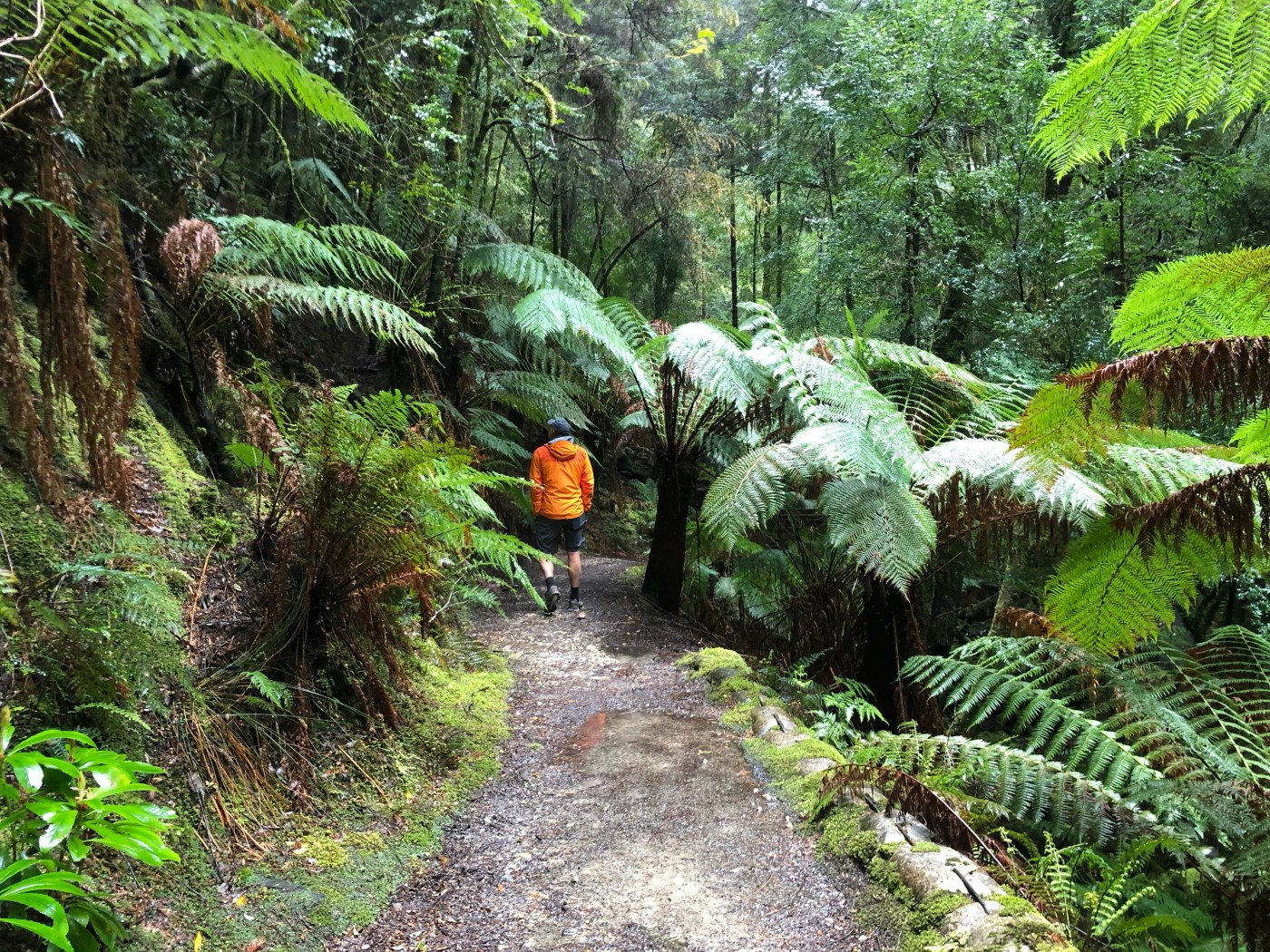
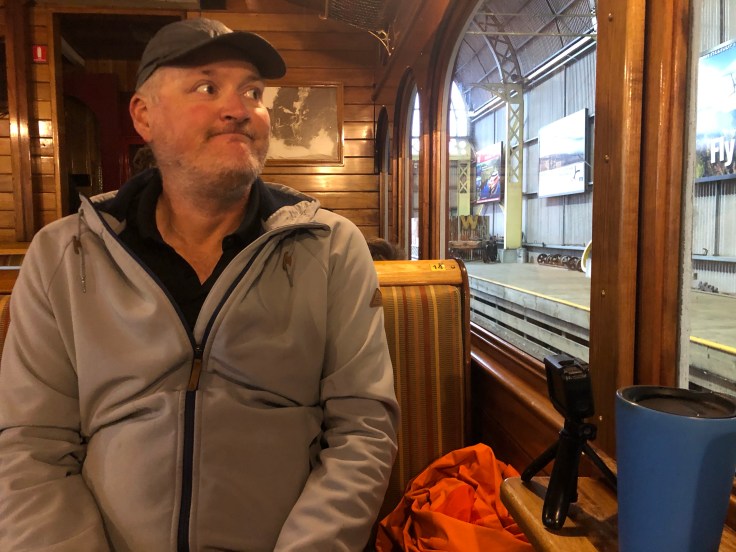


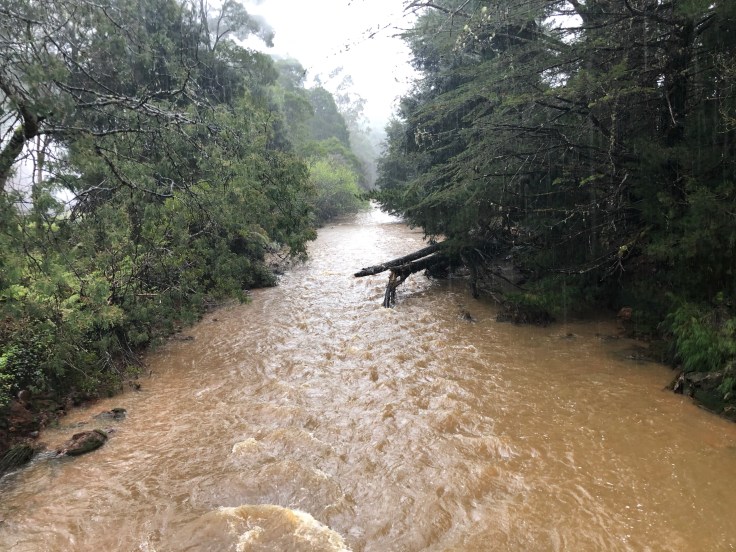
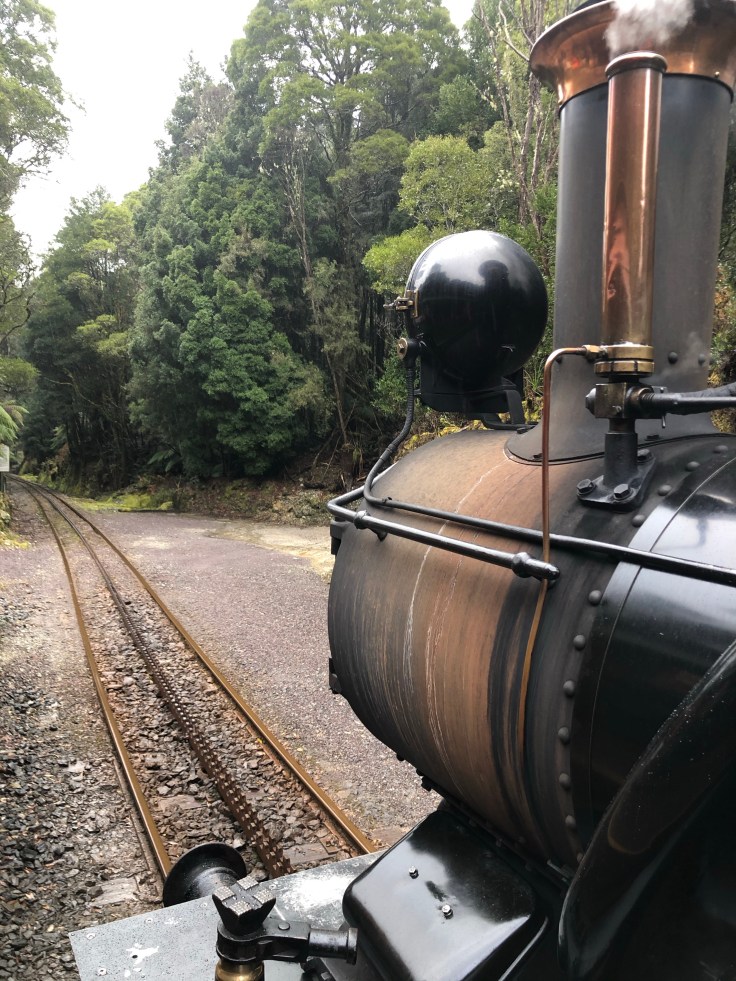
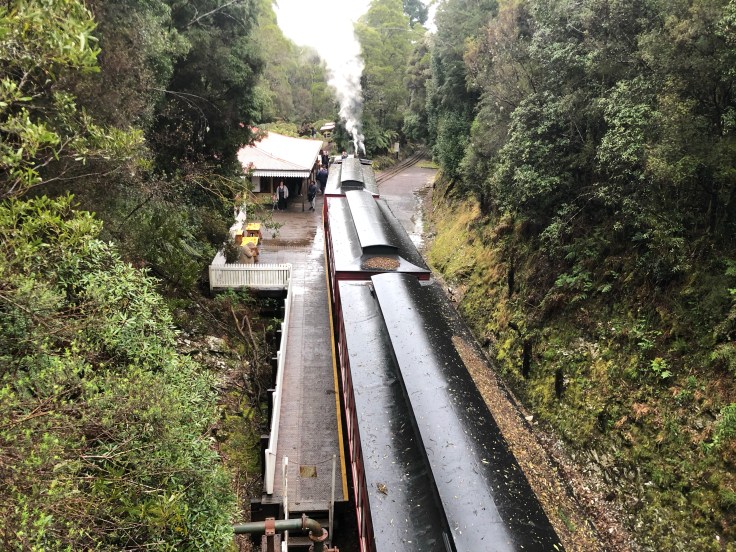

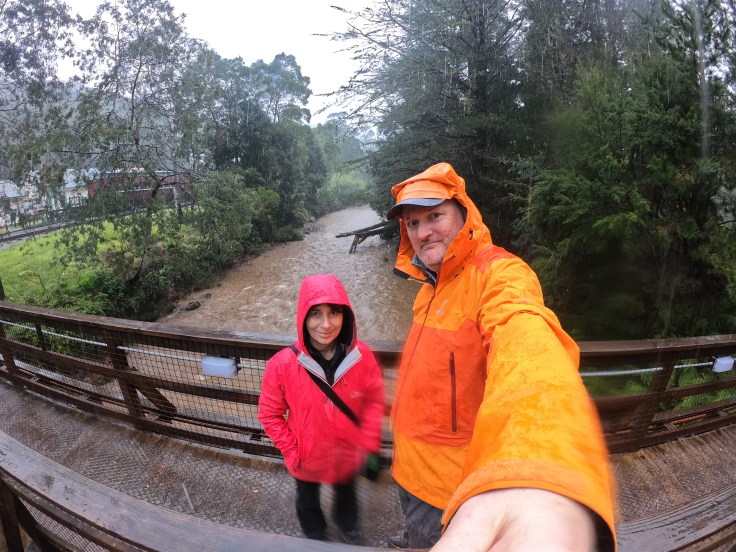



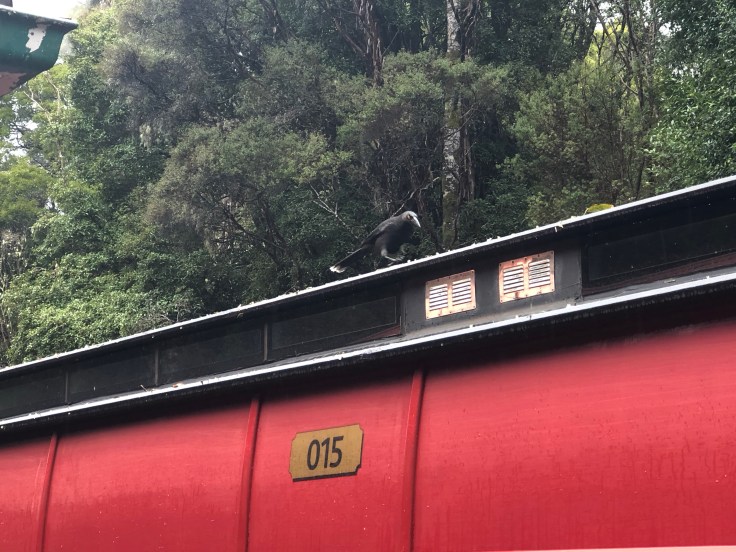
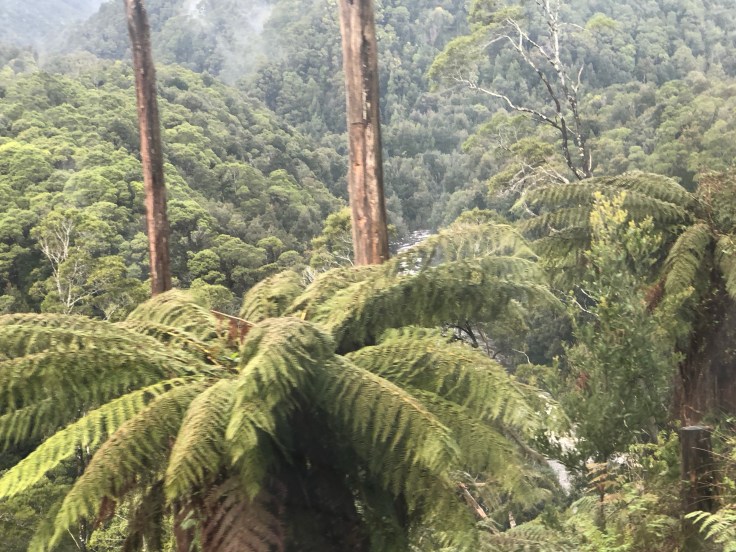

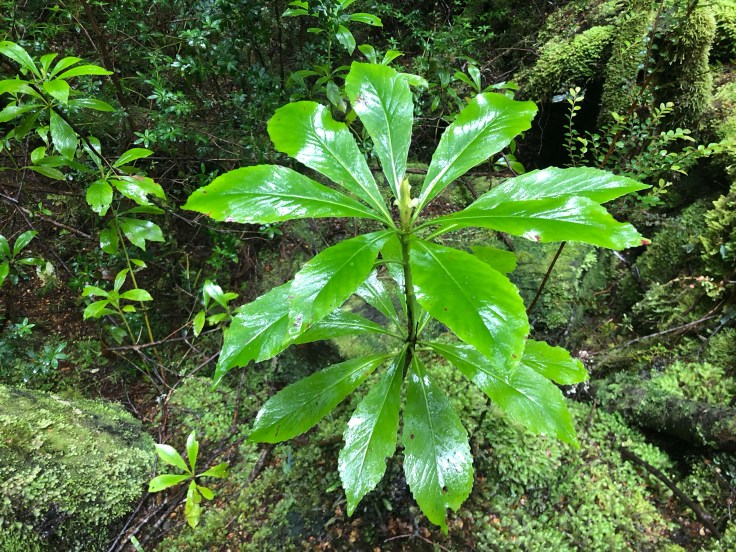

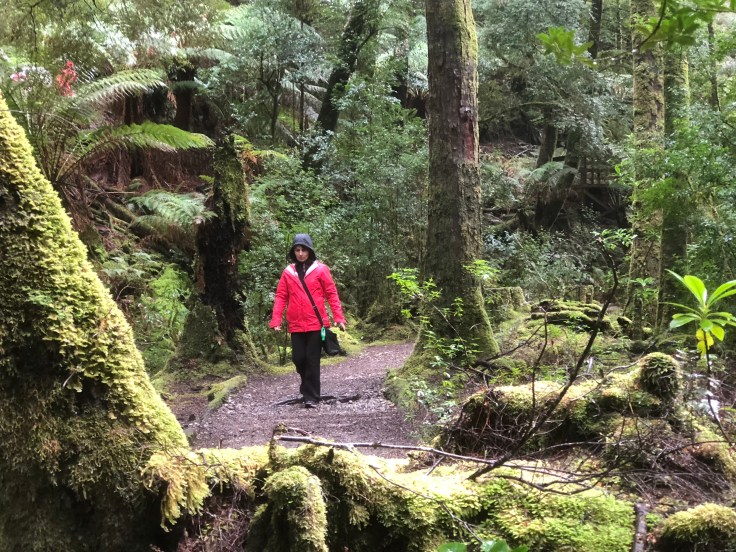

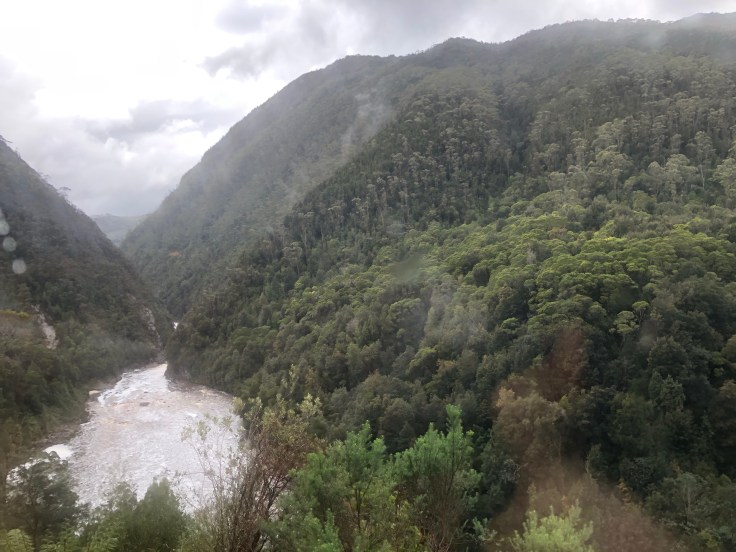
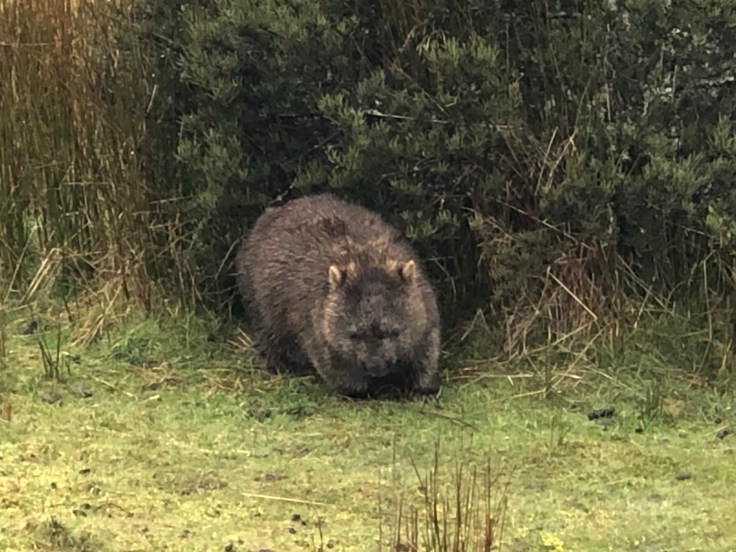
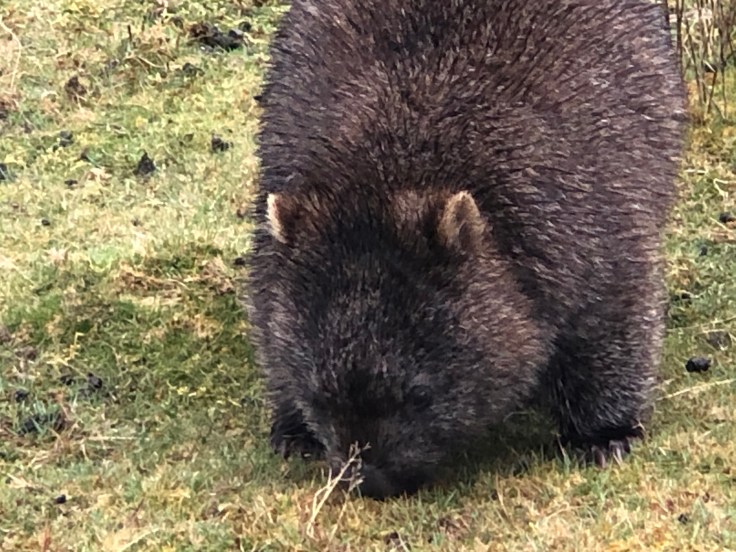
I chuckle at your love affair with the wombats! Interesting trip for sure. You mentioned trees in that forest that as a Canadian I have never heard of. Is the rainforest protected there?
LikeLike
Hi there Bernie. Some areas of our forests and rainforests are protected but it’s been an ongoing fight over many years between conservation and logging. In fact, the world’s first Greens Party was founded in Tasmania in 1972. Sadly our government is continually trying to log in our native forests and overturn heritage listed areas to open up logging or mining. There are ongoing protests in areas like the Stix Valley in the south, to try and protect it from logging and the rainforests in the Tarkine in the North-West to save it from mining. Tassie really is a contrast between our lovely wilderness and an image of “clean and green” and those with a financial interest in chopping it down.
LikeLike
Here to in Canada it is a struggle to keep the old growth. Some battles are won and some are lost. The indigenous peoples are really fighting hard to protect their ancient lands.
LikeLike
Yep, it’s certainly similar here and my family in Canada has also mentioned the challenges for First Nations people, which is also going on here as well. We can only hope that a similar groundswell of positive change that’s happening in other areas can have an impact with these issues as well.
LikeLike